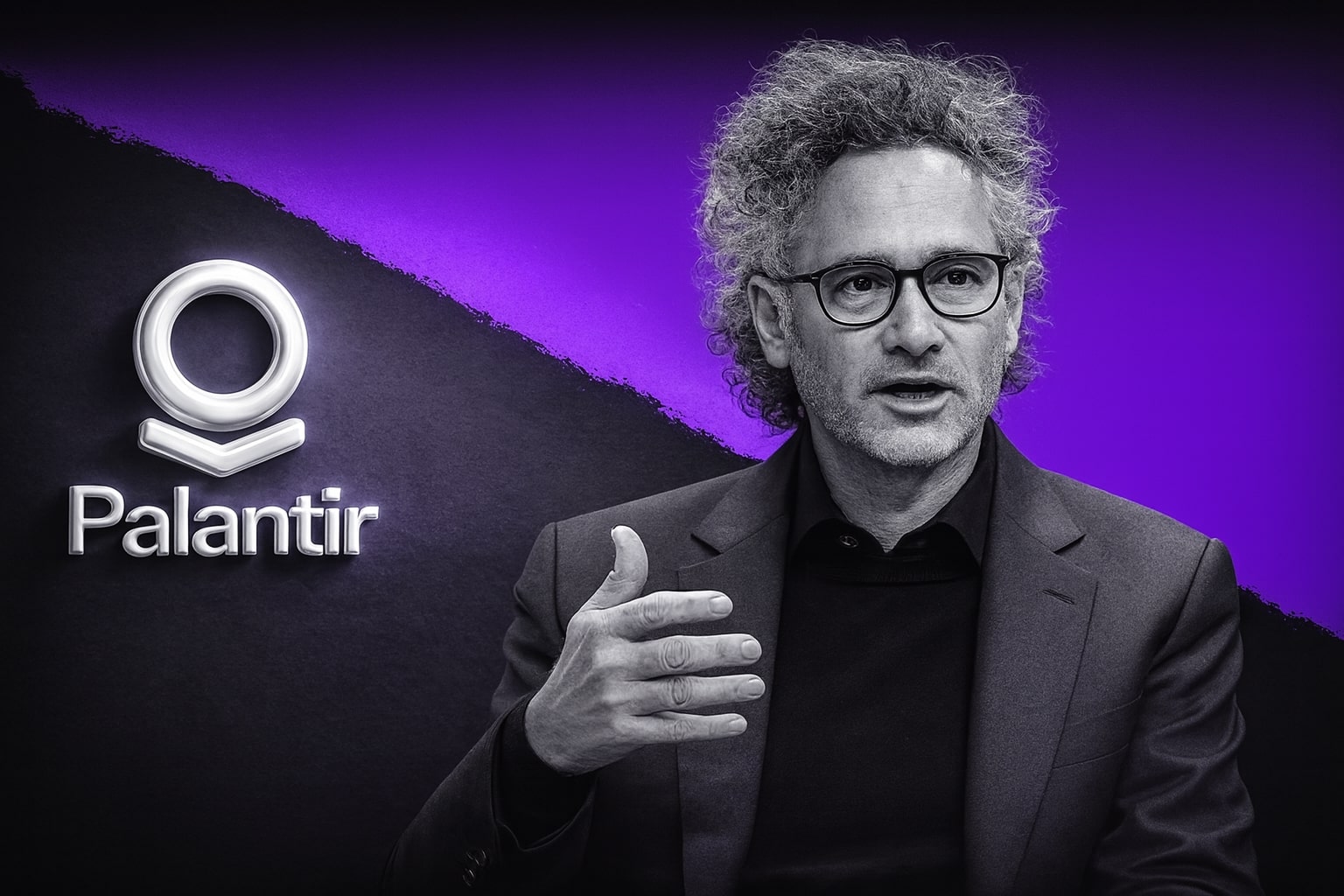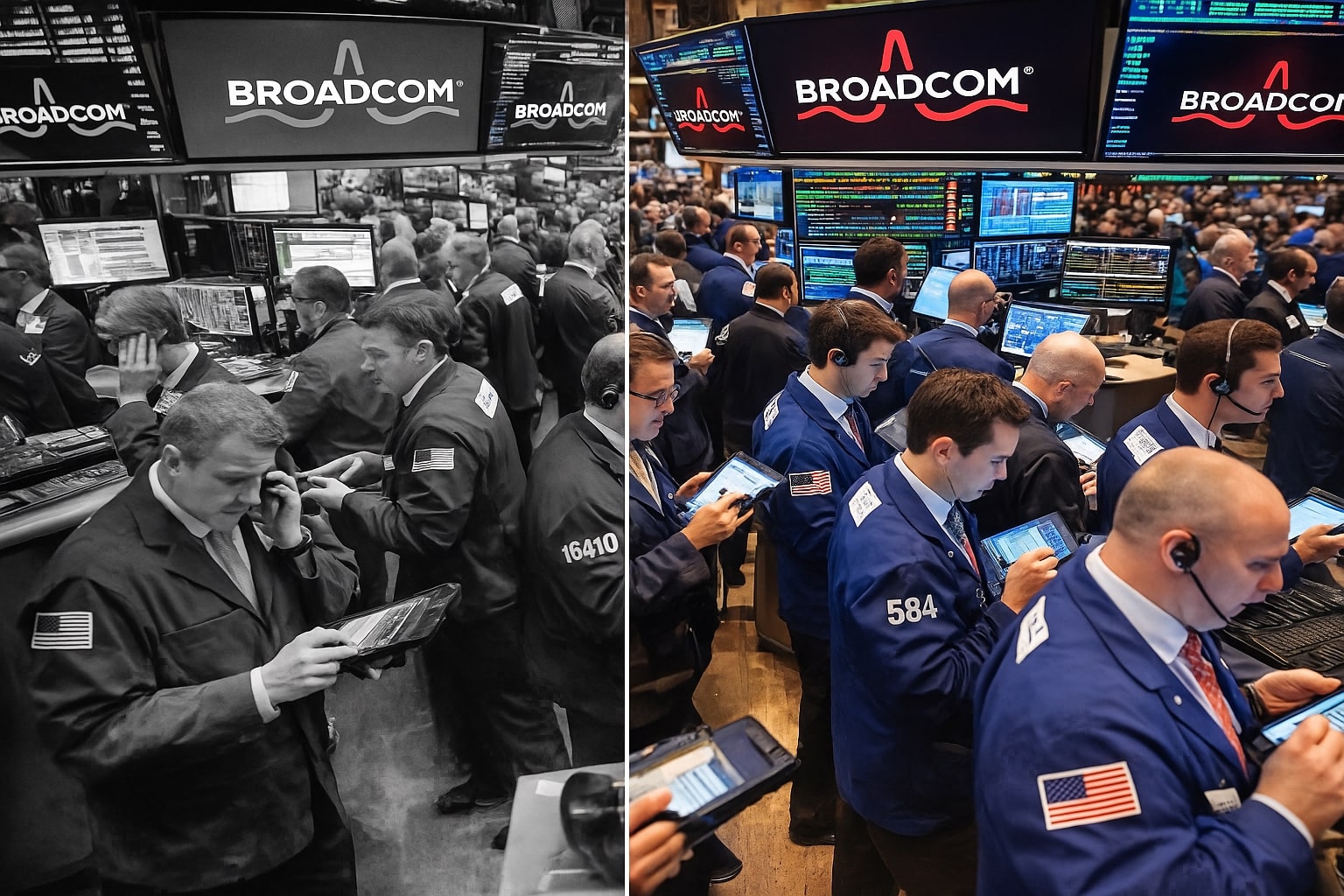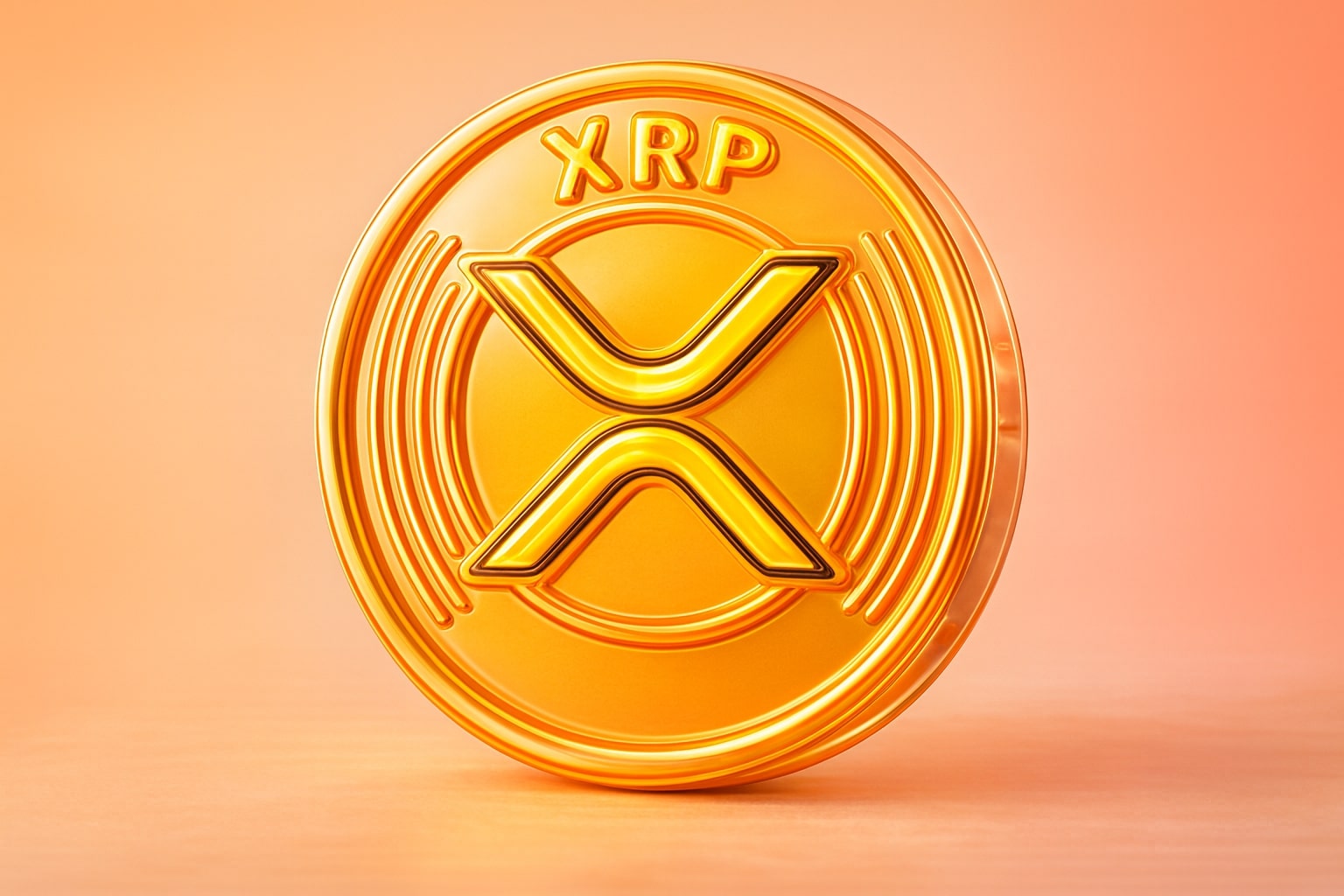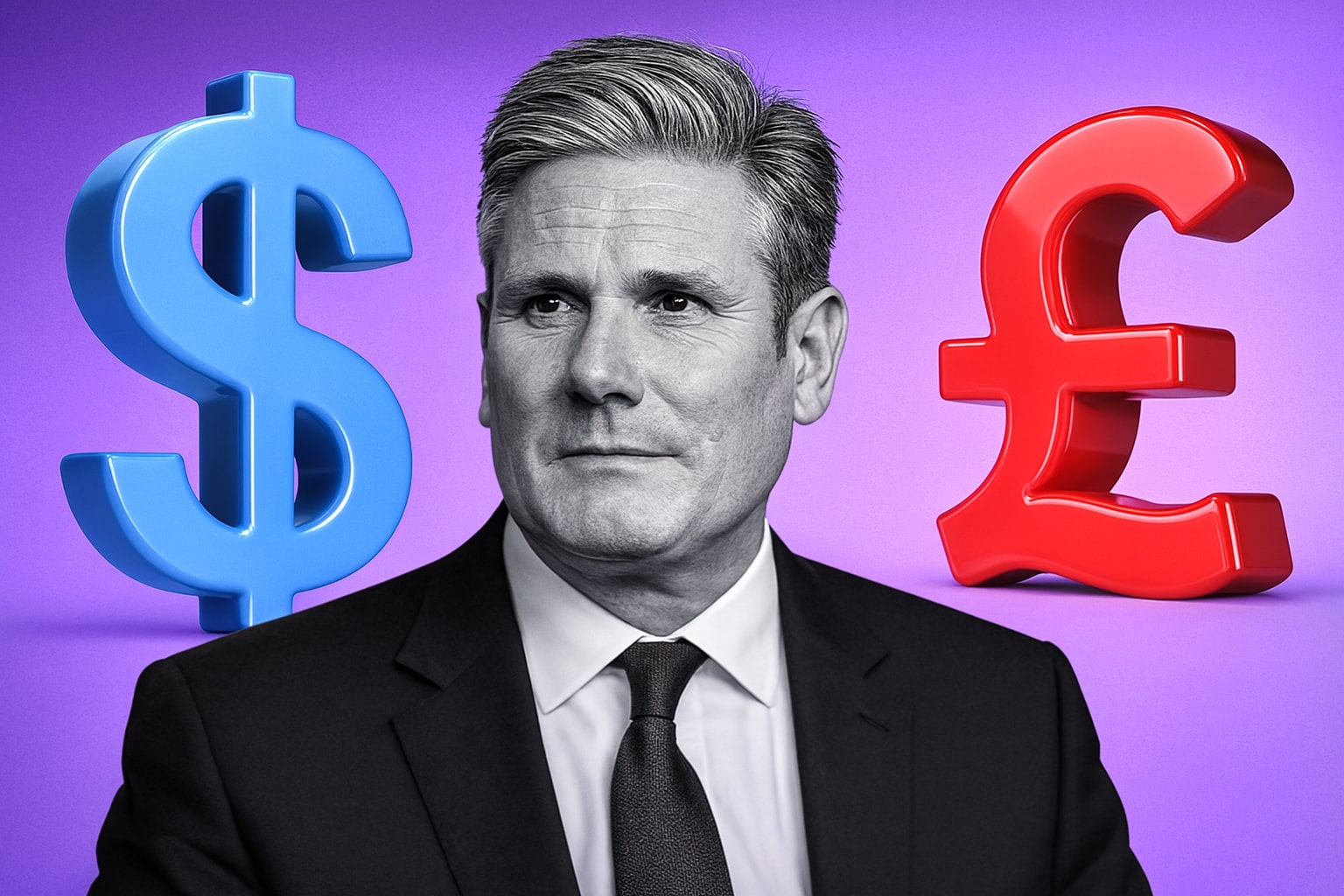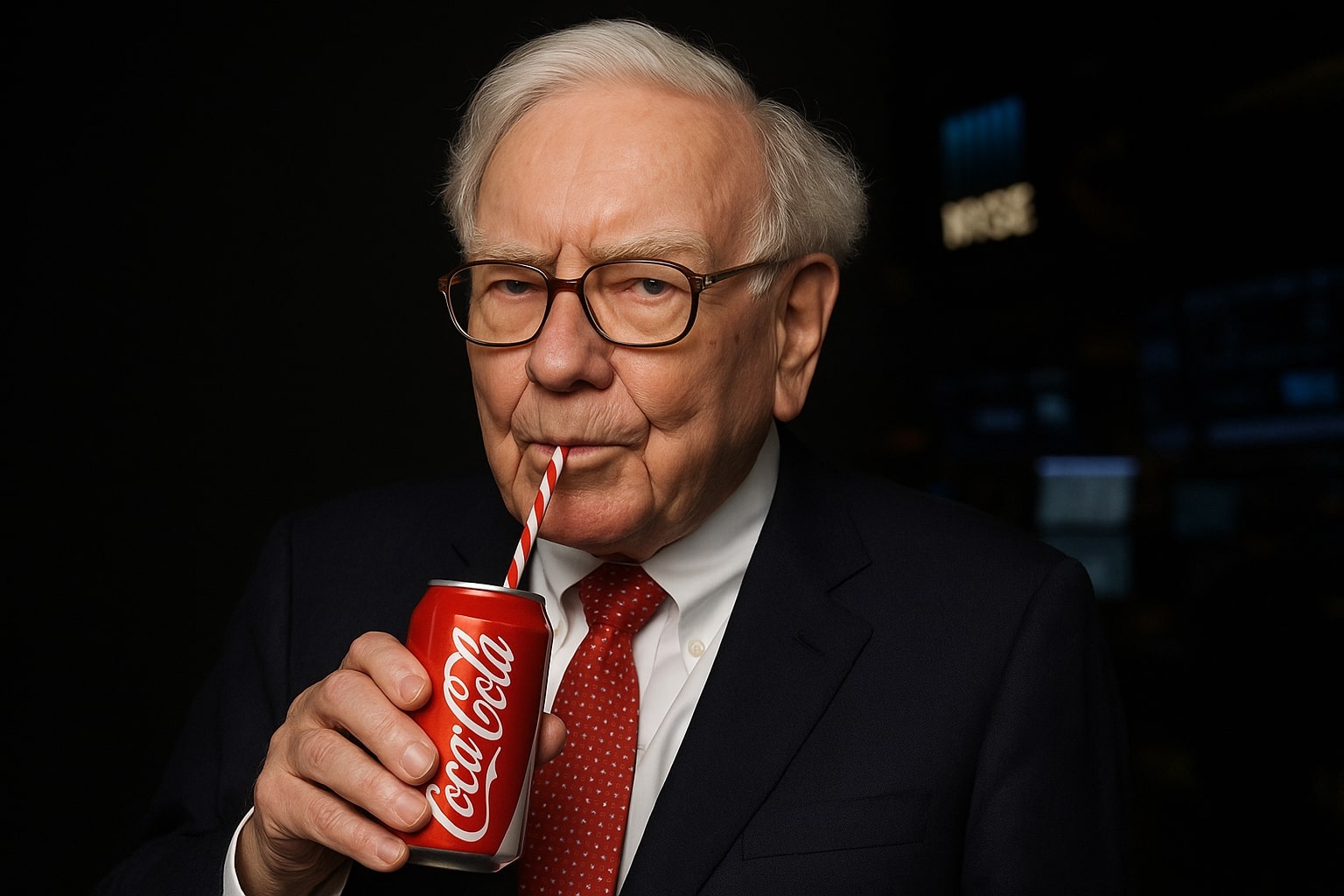
Coca-Cola Stock Price Forecast - KO Shares Holds $70.81 as Earnings Beat Expectations and Margins Surge Past 30%
With $12.54B in revenue and $3.81B profit, Coca-Cola proves its resilience through premium pricing, zero-sugar innovation, and disciplined cost control — even as volumes cool in Asia and FX pressures linger | That's TradingNEWS
Coca-Cola (NYSE:KO) Stays Resilient at $70.81 as Premium Mix, Zero-Sugar Strategy, and Global Distribution Power Earnings Momentum
Coca-Cola (NYSE:KO) closed the latest trading session at $70.81 (-0.41), sliding slightly from a previous close of $71.22, while after-hours trading marked $70.66 (-0.22%). The intraday range between $70.51–$71.61 reflects mild profit-taking after a strong run earlier this month, as the stock hovers just 5% below its 52-week high of $74.38 and nearly 17% above its year low of $60.62. The beverage giant’s $304.74 billion market capitalization, P/E ratio of 23.44, and 2.88% dividend yield continue to highlight Coca-Cola’s enduring position as one of Wall Street’s most reliable income and defensive plays.
Earnings Snapshot: Margin Expansion and Profit Surge Despite Modest Revenue Growth
In the most recent quarter, Coca-Cola reported revenue of $12.54 billion, marking a 1.39% year-over-year increase, supported primarily by price mix rather than volume growth. The company’s operating expense fell by 2.50% to $3.48 billion, allowing for a remarkable 58.03% surge in net income to $3.81 billion. This expansion lifted the net profit margin to 30.39%, its strongest level in years. EBITDA climbed 8.67% to $4.62 billion, reflecting continued efficiency gains in bottling and concentrate operations. Earnings per share rose 3.57% to $0.87, demonstrating that even limited top-line growth can translate into strong bottom-line expansion when the business model is optimized around high-margin concentrate sales and disciplined cost control.
Asset-Light Model Strengthens Profitability and Flexibility
Coca-Cola’s model—focused on syrup production, marketing, and brand ownership while outsourcing bottling—remains the core reason behind its profitability and resilience. Roughly 88% of its sales come from concentrate revenue, which carries far higher margins than bottling operations. This structure enables the company to retain global scale without heavy capital requirements, allowing greater flexibility to adapt to local markets through regional bottlers. Coca-Cola’s return on assets of 10.54% and return on capital of 13.74% reflect this efficient capital deployment. Despite a decline in cash and short-term investments to $14.30 billion (-24.75%), total assets increased 3.09% to $104.33 billion, while liabilities rose only 0.49% to $74.15 billion. This indicates a healthy balance sheet capable of supporting continued dividend growth and selective M&A opportunities.
Product Mix Evolution: Mini-Cans, Zero-Sugar, and Premiumization Drive Revenue Quality
The company’s ability to sustain pricing power amid volume softness underscores its strategic agility. Coca-Cola has actively transitioned its portfolio toward higher-margin offerings, such as zero-sugar beverages, mini-cans, and functional drinks. These shifts not only match consumer trends toward health consciousness and moderation but also allow for premium pricing and greater profitability per unit. Zero Sugar and Diet Coke continue to post double-digit volume growth, while mini-cans deliver higher per-ounce margins and stronger brand engagement. The company’s product rationalization—cutting nearly 200 “zombie” brands—has streamlined focus toward its most profitable lines, enabling greater efficiency in marketing and production.
Geographic Dynamics: North America Holds Firm, EMEA and APAC Diverge
Geographically, Coca-Cola’s performance remains mixed but stable. In North America, organic revenue grew ~3%, driven by price increases and improved product mix. The EMEA region delivered some of the best performance in Q3 with strong recovery in out-of-home consumption. In contrast, Asia-Pacific faced volume headwinds, particularly in India, Vietnam, and Thailand, where demand softened amid consumer spending pressures. Despite these regional variations, the global scale of Coca-Cola’s distribution network—covering more than 200 countries—continues to act as a buffer. Emerging markets remain the long-term growth catalyst, with per capita soft drink consumption still significantly below that of developed markets.
Operational Discipline and Margin Management Under CEO James Quincey
Under CEO James Quincey, Coca-Cola has executed a disciplined strategy centered on three priorities: maintaining cost efficiency, enhancing category leadership, and accelerating digital transformation. The result has been consistent margin improvement despite inflation and currency pressures. The company’s effective tax rate of 20.70% remains manageable, and cost of capital sits near 6.8%, allowing for continued reinvestment in marketing and innovation without overleveraging. The leadership team has also sustained Coca-Cola’s 62-year streak of annual dividend increases—a testament to its balance sheet strength and predictable free cash flow generation, expected to reach $9.8 billion in fiscal 2025
Read More
-
Palantir Stock Price Forecast - Can a $440B AI Defense Powerhouse Grow Into Its $184.74 Price?
16.12.2025 · TradingNEWS ArchiveStocks
-
XRP Price Forecast - XRP-USD Drops to $1.87 as Whale Dumps $721M While XRP ETFs Quietly Cross $1B
16.12.2025 · TradingNEWS ArchiveCrypto
-
Oil Price Forecast - Oil Slide Hard; WTI CL=F Near $55, Brent BZ=F Below $60 as Market Bets on 2026 Supply Glut
16.12.2025 · TradingNEWS ArchiveCommodities
-
Stock Market Today: Dow (^DJI) 48,404 And S&P 500 (^GSPC) 6,812 Slip As Jobs Hit +64K And AVGO Sells Off
16.12.2025 · TradingNEWS ArchiveMarkets
-
GBP/USD Price Forecast - Pairs at 1.34 as Weak U.S. Jobs Data Clash with BoE Cut Bets into Year-End
16.12.2025 · TradingNEWS ArchiveForex
Innovation and Expansion Through Acquisitions
Beyond its core soda business, Coca-Cola continues to expand into adjacent beverage categories. The acquisitions of Costa Coffee, Fairlife, and BodyArmor have diversified its portfolio into coffee, dairy, and sports drinks, respectively. Meanwhile, its strategic partnership with Monster Beverage, in which Coca-Cola holds a minority stake, strengthens its presence in the fast-growing energy drink segment. These moves enable the company to capture incremental demand in categories where it previously had limited exposure, while leveraging its global distribution platform to scale new products efficiently.
Global Industry Landscape: A Consolidated Market with Shifting Tastes
Coca-Cola remains the dominant player in the $1.35 trillion global non-alcoholic beverage market, expected to expand to $2.1 trillion by 2033 (CAGR 6.1%). The company commands nearly 47% market share in U.S. carbonated beverages, while competitor PepsiCo (NASDAQ:PEP) maintains roughly 25%. However, health-conscious trends continue to reshape demand patterns, prompting Coca-Cola to lean heavily on low-sugar, functional, and plant-based beverages. This strategic pivot mitigates regulatory risks like sugar taxes and evolving labeling standards while positioning the brand for sustained growth across demographics and regions.
Technical Structure and Market Behavior
Technically, Coca-Cola maintains a steady uptrend above both its 50-day and 200-day moving averages, with the short-term average near $70.20 acting as immediate support. The RSI near 61 signals neutral-to-bullish momentum, with no signs of overextension. The stock’s stable beta (~0.42) keeps it a preferred defensive holding during market volatility. Volume patterns suggest institutional investors continue to accumulate near $70, reinforcing the notion of strong support below $69. On the upside, a sustained break above $74.38 could open a run toward $77–$78, while downside protection lies at $68.50–$69.00.
Risk Factors: Volume Declines, FX, and Input Inflation
Coca-Cola’s main risk remains the same—flat to negative volume growth in mature markets and rising competitive pressure in APAC. The company’s ability to sustain price hikes will depend on consumer tolerance amid inflation. Currency headwinds, especially from emerging markets, may also weigh on reported growth given the strong U.S. dollar. Additionally, input costs for aluminum, sugar, and natural flavorings present a lingering risk if hedging programs fail to offset volatility. Regulatory scrutiny regarding sugar content and environmental sustainability adds another layer of complexity, making innovation in packaging and recipe reformulation essential for long-term compliance and brand relevance.
Valuation Context and Market Position
At $70.81, Coca-Cola trades at 23.44x earnings, slightly above its 10-year median but justified by strong cash generation and predictable earnings quality. The price-to-book ratio of 10.73 underscores the market’s confidence in Coca-Cola’s intangible brand equity—arguably its most valuable asset. Compared with the consumer staples sector average (P/E ~21x), KO commands a modest premium due to its global moat, high free cash flow conversion, and dividend consistency. The stock’s 2.88% yield, backed by an 80% payout ratio, offers investors a stable income stream supported by recurring earnings.
Final Outlook: A Defensive Powerhouse with Moderate Upside
Coca-Cola remains one of the few global consumer franchises capable of expanding earnings despite macro headwinds. The combination of 6% organic revenue growth, 30%+ margins, and robust cash generation justifies its current valuation. However, short-term upside may be limited as volume softness and FX headwinds persist. With its proven resilience, the stock offers a solid “Hold with a bullish bias” stance for investors seeking defensive stability, reliable income, and slow-but-steady capital appreciation. The next potential breakout level is $74.50, while any retracement toward $68.00 could be an attractive entry point for long-term accumulation.














